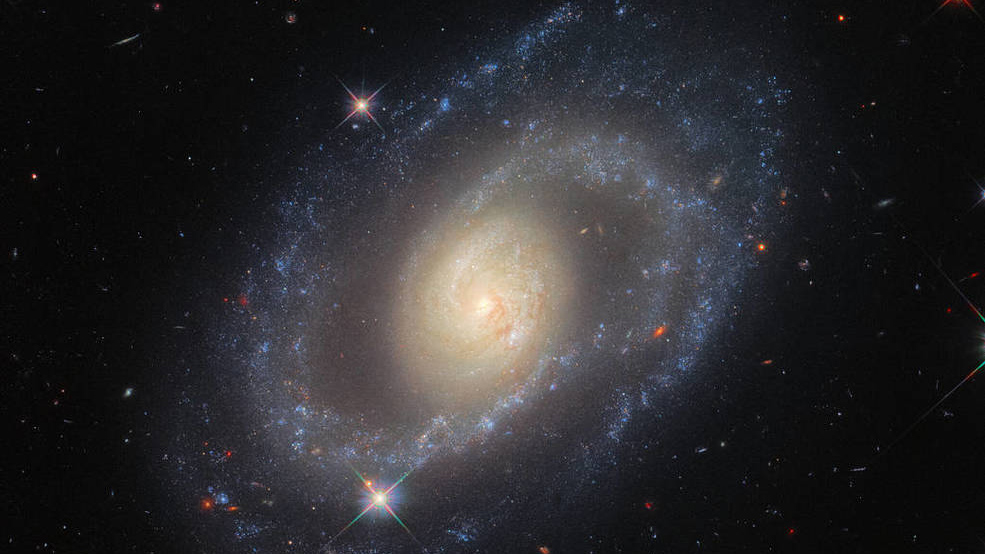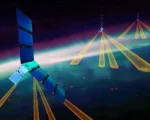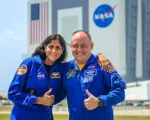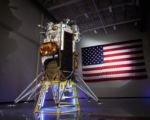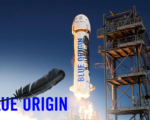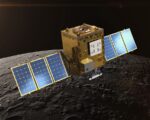NASA has officially selected two groundbreaking mission proposals focused on investigating X-ray and far-infrared wavelengths, marking a significant step in a new class of astrophysics missions. These initiatives are part of NASA’s Explorers Programme, each receiving an allocation of $5 million for a 12-month concept study. Following this study phase, a final decision on which mission to pursue will be made in 2026, with the selected mission expected to launch in 2032. This initiative reflects NASA’s commitment to expanding our understanding of the universe by exploring uncharted territories.
The primary goal of these missions is to delve deeper into regions of the universe that have remained largely unexplored. Nicola Fox, Associate Administrator for NASA’s Science Mission Directorate, highlighted the transformative potential of these missions, stating they align with the top priorities outlined in the Decadal Survey. This survey serves as a roadmap for the next decade of astrophysical research, emphasizing the importance of innovative missions in advancing our scientific objectives and facilitating groundbreaking discoveries.
One of the selected proposals is the Advanced X-ray Imaging Satellite, spearheaded by Principal Investigator Christopher Reynolds from the University of Maryland, College Park. This mission aims to investigate supermassive black holes and the phenomenon of stellar feedback, which plays a crucial role in galaxy evolution. By leveraging advanced imaging techniques and providing a wider field of view than previous X-ray observatories, this satellite is expected to enhance our understanding of the dynamic processes occurring in the cosmos.
In addition to the Advanced X-ray Imaging Satellite, the second mission concept will also focus on far-infrared observations, aiming to uncover new insights into the formation and evolution of galaxies, stars, and planetary systems. Both missions represent a collaborative effort among leading scientists and institutions, promising to push the boundaries of our knowledge and open new avenues for exploration in astrophysics. As the scientific community eagerly anticipates the results of the concept studies, the future of space exploration looks poised for exciting developments that could reshape our understanding of the universe.


